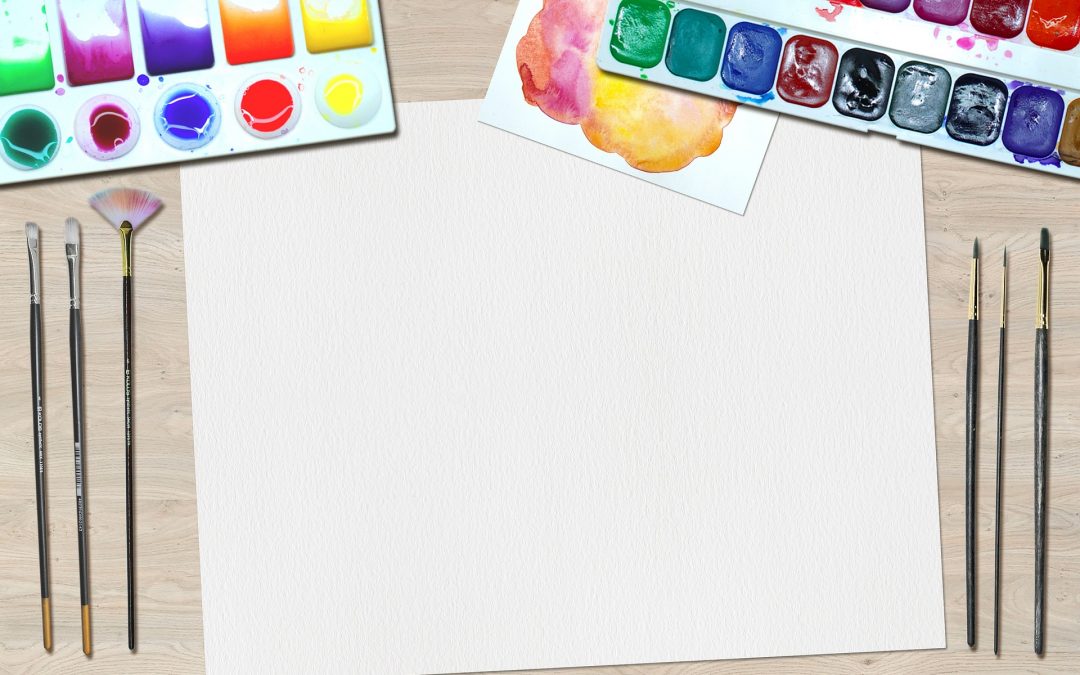In Toronto, the Art Gallery of Ontario (AGO) created an initiative to offer free passes to mental health clients and professionals. The goal was to connect those with mental health issues through art, offering a unique space where they could feel safe and supported by like-minded people. This program is incredibly inspiring – I’d love to see more like it!
I talked about how creativity can positively enhance students’ mental wellbeing during exams, but I’d like to go a bit more in-depth into the mental health benefits of creativity. I’ve seen firsthand the incredibly positive results that the arts can have on people suffering from mental health issues, especially in the student community. This form of therapy is becoming an increasingly popular way for students suffering from mental health issues such as severe anxiety and PTSD to express their creativity on their healing journey.
Here are some of the biggest ways that I’ve seen the arts transform the lives of students struggling with mental health issues:
A new type of safe space
The concept of safe space has been a topic of conversation on many university campuses over the past few years. Despite many debates as to the validity of maintaining safe spaces, I’ve found that they can be very beneficial for several communities, particularly for marginalized students. In the mental health community, safe space takes on additional significance, as many students with mental health concerns may find it difficult to be in public places.
Art galleries and other artistic venues offer a calming, safe atmosphere where students can enjoy a public space with individuals experiencing the same mental health challenges. I’ve often seen these venues become a supportive environment where students are encouraged to connect with others through the healing power of the arts.
An expanding community
To the same point, I’ve seen many students feel so burdened by the prospect of socializing in a group that they can feel unable to leave the comfort of their own home. Mental health issues like depression and anxiety are enough to make it difficult for some people to leave their homes, but the additional stigma related to mental illness can make it unbearable to be in groups. Programs that connect students through artistic venues can offer a sense of community in times where they may feel particularly isolated.
I personally recommend programs that expand mental health communities through the arts because the stigma against mental health is not as prevalent in these communities. There is a strong indication that many artistic groups work to support those suffering from mental health challenges, offering opportunities for self-expression through the healing journey.
Art and its role in personal wellbeing
Creative energy and emotional wellbeing have been linked in several studies, indicating that participation in the arts can improve a person’s quality of life. In the student community, I’ve seen an overall increase in the level of positivity, coupled with a decrease in symptoms of mental health issues like anxiety and depression. In fact, a study revealed that 71% of participants felt a decrease in anxiety, with 76% claiming that they felt an increase in their sense of overall wellbeing.
To me, this is a strong indication that there is a correlation between creative pursuits and combatting mental health issues. With such encouraging statistics, and an increasing trend towards students with mental health issues becoming engaged in the arts, I look forward to seeing more programs like this place in other communities.
My hope is that in the future, programs, such as the AGO’s, will be increasingly available. The demand is there, and in conjunction with your Student Assistance Program, the journey towards better mental health and wellbeing is within your reach.

